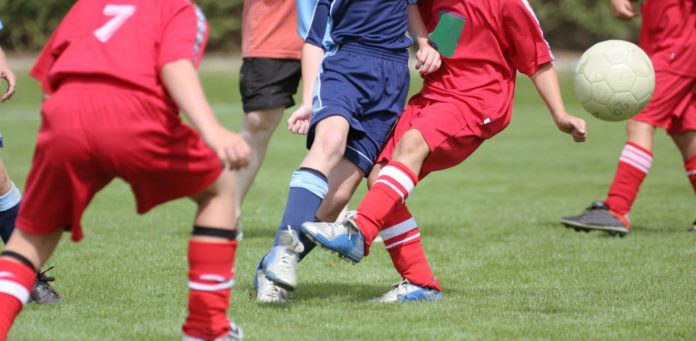Hip preservation specialists at The Ohio State University Wexner Medical Center see patients from their teens through their sixties who have femoral acetabular impingement, or FAI. This condition occurs when the ball of the femur doesn’t fit perfectly into the hip socket. It can be caused by misshapen bones, spurs that develop over time or activities that damage the labrum, or cartilage that seals the socket.
“FAI has become much more common in the last 10 years, and in younger people these injuries tend to be sports-related,” said Dr. Thomas Ellis, vice chair of the department of Orthopaedics and chief of Hip Preservation at Ohio State’s Wexner Medical Center. “While it can happen in non-athletes and weekend warriors, we commonly see this condition in those who were year-round athletes before and during puberty.”
Ellis said that is the time when the hip growth plate fuses. High levels of activities such as soccer, basketball, field and ice hockey, martial arts, yoga, dance, cycling and rowing can cause the plate to fuse in an abnormal shape and lead to FAI.
“We suggest young athletes cross train in several activities to avoid overstressing the muscles that support the hip joint,” Ellis said.
If left untreated, FAI often develops into arthritis and the need for a hip joint replacement. Ellis said getting to the root of hip pain is complicated and can be difficult to diagnose. Symptoms of FAI include pain in the lower back, groin, side of the hip and buttocks. It can be confused with other problems such as bursitis, piriformis syndrome, back pain, hip flexor strain, groin pull, pinched nerve and even endometriosis in women.
“Identifying FAI and treating it early is key in order to preserve hip function,” Ellis said. “FAI doesn’t always require surgery. Our comprehensive, multidisciplinary team includes physical therapists who work with patients to improve hip and core strength. If it’s needed, our specialists can reshape the bone and repair the hip cartilage using arthroscopic surgery, and that’s typically highly successful.”
(Source: Ohio State University)










